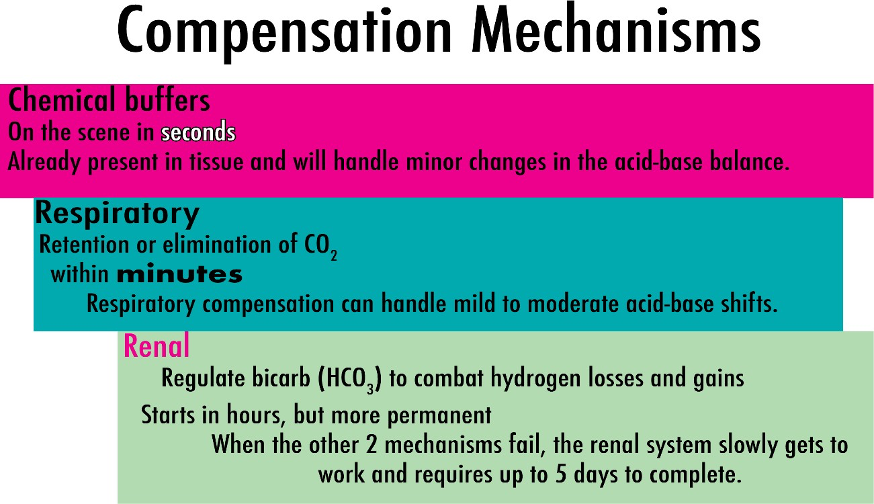A nurse is teaching adolescent boys about pubertal changes. The first sign of pubertal change seen with boys is
voice deepens.
scrotal enlargement
facial hair
testicular enlargement
The Correct Answer is D
The first sign of pubertal change seen with boys is testicular enlargement. This is known as testicular or scrotal growth and is one of the earliest physical signs of puberty in boys. Testicular enlargement is followed by other changes such as the growth of pubic hair, penile growth, voice deepening, and facial hair growth.
voice deepening in (option A) is incorrect because it, typically occurs after testicular enlargement and is associated with the growth and development of the larynx during puberty.
scrotal enlargement in (option B) is incorrect because it, may occur simultaneously or shortly after testicular enlargement as part of overall genital growth during puberty.
, facial hair growth in (option C) is incorrect because it, is a later sign of pubertal development in boys and typically occurs after the initial testicular enlargement and growth of pubic hair.
Nursing Test Bank
Naxlex Comprehensive Predictor Exams
Related Questions
Correct Answer is B
Explanation
The regulation of acid-base balance in the body involves multiple systems working together. The respiratory system, renal system, and chemical-buffering systems play key roles in maintaining the balance of acids and bases in the body.
The respiratory system helps regulate acid-base balance through the control of carbon dioxide (CO2) levels in the blood. By adjusting the rate and depth of breathing, the respiratory system can increase or decrease the elimination of CO2, which affects the pH of the blood.
The renal system (kidneys) plays a crucial role in regulating acid-base balance by controlling the excretion and reabsorption of hydrogen ions (H+) and bicarbonate ions (HCO3-) in the urine. The kidneys can excrete excess acids or bases to help maintain the body's pH within a normal range.
The chemical-buffering systems involve various chemical compounds in the body that can absorb or release hydrogen ions to help maintain pH balance. Examples of chemical buffers include bicarbonate ions (HCO3-), phosphate ions (HPO4-), and proteins.
the cardiovascular and integumentary systemin (option A) is incorrect because they, are not primarily responsible for regulating acid-base balance in the body.

Correct Answer is B
Explanation
During this stage, adolescents typically experience a shift from a primary focus on family to
an increased emphasis on peer relationships. However, it is still important for adolescents to
maintain a connection with their family and enjoy spending time with family members. This
behaviour indicates a healthy balance between peer interactions and maintaining positive
relationships with family.
The adolescent is self -absorbed and self-centred and has sudden mood swings in (option A)
is incorrect because it describes behaviours associated with emotional and psychological
challenges commonly seen in adolescence but does not indicate appropriate psychosocial
development.
The adolescent seeks validation for socially acceptable behaviour from older adults in (option
C) is incorrect because seeking validation for socially acceptable behaviour from older adults,
may indicate a lack of autonomy and difficulty in developing a sense of personal identity,
which is important for healthy psychosocial development in adolescence.
Conformity with the peer group increases in late adolescence in (Option D) is incorrect
because stating that conformity with the peer group increases in late adolescence, is not
entirely accurate. While peer influence is significant during adolescence, there is also a
growing emphasis on individuality and the development of one's own identity. Adolescents
may experience a balance between conforming to certain aspects of their peer group and
asserting their unique traits and interests.
Whether you are a student looking to ace your exams or a practicing nurse seeking to enhance your expertise , our nursing education contents will empower you with the confidence and competence to make a difference in the lives of patients and become a respected leader in the healthcare field.
Visit Naxlex, invest in your future and unlock endless possibilities with our unparalleled nursing education contents today
Report Wrong Answer on the Current Question
Do you disagree with the answer? If yes, what is your expected answer? Explain.
Kindly be descriptive with the issue you are facing.
